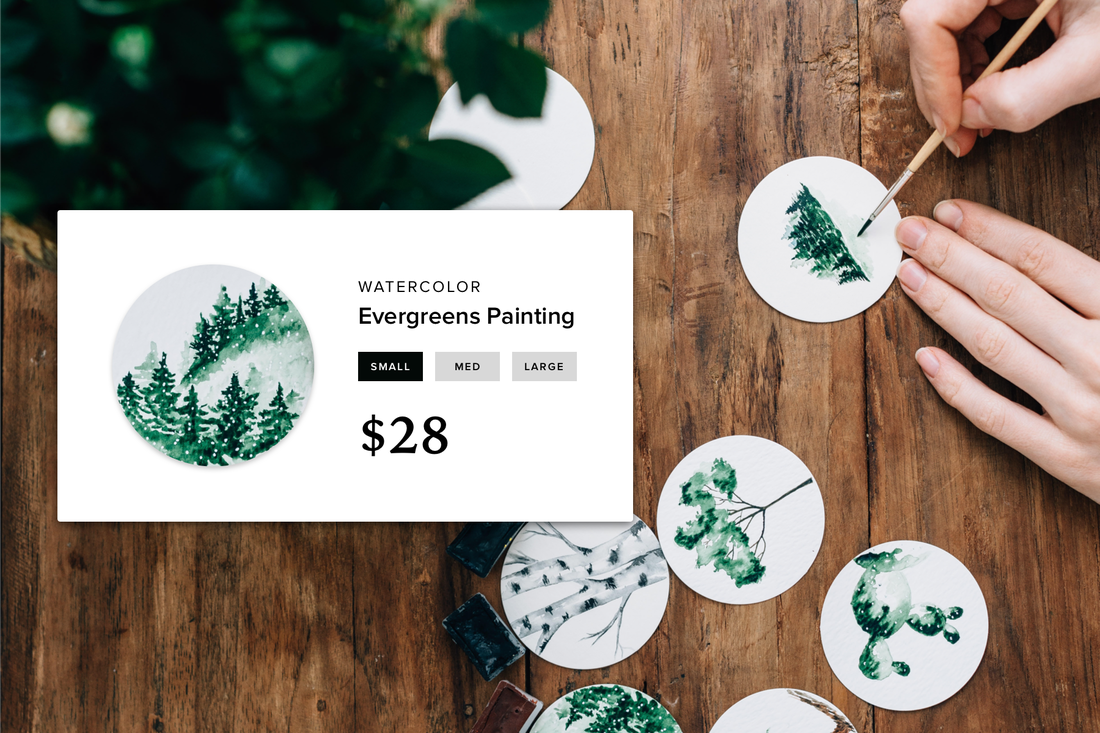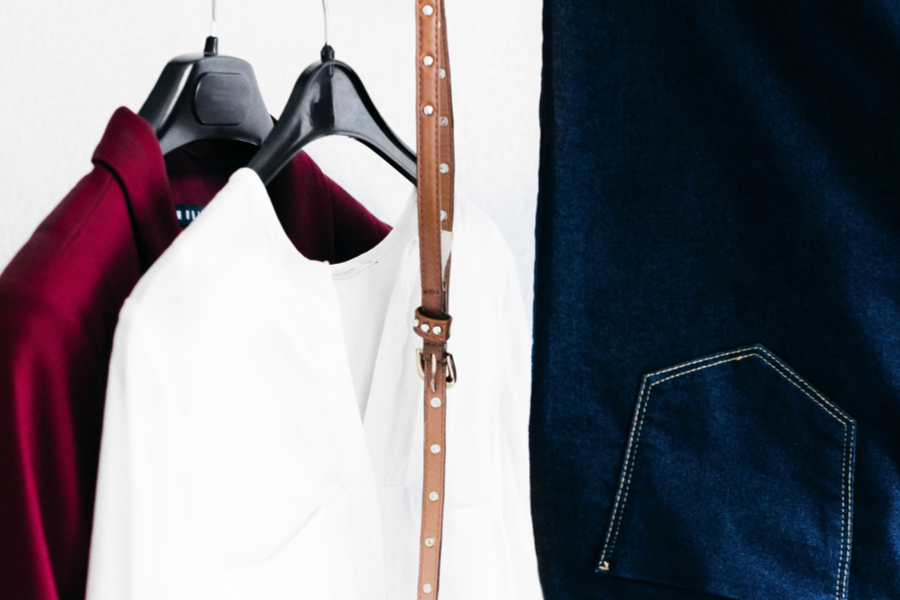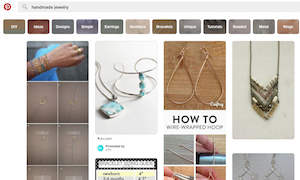Some consumers seek out products that are made in the United States, even if they cost more. Being able to use a "Made in USA" label can give your sales a boost. In fact, 8 out of 10 American consumers said they would rather buy an American-made product than an imported one.
This is because some people believe American-made products have a higher standard of craftsmanship that will last longer. Others buy American to support local manufacturers and local businesses. Still others are concerned that products made outside of America might be produced with sweatshop labor. Many will gladly pay a premium rather than inadvertently support any kind of exploitation.
Of course, this makes that American label quite enticing. But before you add a "Made in USA" label, make sure you're following federal law closely.
Of course, this makes that American label quite enticing. But before you add a "Made in USA" label, make sure you're following federal law closely.
Is There a Law Regulating 'Made in USA' Labels?
If you want to take advantage of this trend and label your product "Made in USA," you're going to have to follow the rules. Failing to follow the rules can get you in trouble with the Federal Trade Commission for violating the FTC Act, 15 U.S.C. § 45, which prohibits “unfair or deceptive acts or practices." In addition, your competitors may be able to sue you under the Lanham Act, which gives anyone damaged by a false designation of origin the right to sue the party making the false claim.
Mislabeling your product "Made in USA" could result in a stern warning from the FTC or even a massive fine, such as the $205,000 fine levied against Stanley, a tool company.
In other words: take this seriously. Cover your bases and do it right from the start. And remember, a "Made in USA" claim can even be implied if you say something like, "Our products are all American-made."
Mislabeling your product "Made in USA" could result in a stern warning from the FTC or even a massive fine, such as the $205,000 fine levied against Stanley, a tool company.
In other words: take this seriously. Cover your bases and do it right from the start. And remember, a "Made in USA" claim can even be implied if you say something like, "Our products are all American-made."
The General Rule
According to the FTC, "Made in USA" is an unqualified claim, which means that "all or virtually all" of the product has been made in the United States.
A qualified claim, on the other hand, indicates that the product isn't entirely domestic. Examples of qualified claims include "60% U.S. content," "Made in USA of U.S. and imported parts," or "Couch assembled in USA from Italian Leather and Mexican Frame." These claims are evaluated by a different standard than unqualified claims.
But keep in mind: special rules apply to labeling automobile, textile and wool products. To read more about textile and wool labeling, click here.
Want to see what a Made in the USA label looks like? Check out Beautys & Gents' video here, where they proudly share how they label their products as American made.
A qualified claim, on the other hand, indicates that the product isn't entirely domestic. Examples of qualified claims include "60% U.S. content," "Made in USA of U.S. and imported parts," or "Couch assembled in USA from Italian Leather and Mexican Frame." These claims are evaluated by a different standard than unqualified claims.
But keep in mind: special rules apply to labeling automobile, textile and wool products. To read more about textile and wool labeling, click here.
Want to see what a Made in the USA label looks like? Check out Beautys & Gents' video here, where they proudly share how they label their products as American made.
Exceptions to the Rule
The FTC has an exception that lets companies import some of the raw material and still use "Made in USA." An example of how this might work is on page 8 of the FTC's "Made in USA" guide.
Essentially, if you're selling a gold ring and using a "Made in USA" claim — but the gold is imported — your claim is deceptive. This is partially because the gold is an integral part of the finished product. However, if a plastic case on a clock radio is made from imported petroleum, that would not make a "Made in USA" claim deceptive. It's an insignificant part of the final product.
Here's exactly how the FTC explains this concept:
If the gold in a gold ring is imported, an unqualified Made in USA claim for the ring is deceptive. That's because of the significant value the gold is likely to represent relative to the finished product, and because the gold — an integral component — is only one step back from the finished article. By contrast, consider the plastic in the plastic case of a clock radio otherwise made in the U.S. of U.S.-made components. If the plastic case was made from imported petroleum, a Made in USA claim is likely to be appropriate because the petroleum is far enough removed from the finished product, and is an insignificant part of it as well.
Need more examples? Click here to read the FTC's 42-page document about the "Made in USA" label.
Essentially, if you're selling a gold ring and using a "Made in USA" claim — but the gold is imported — your claim is deceptive. This is partially because the gold is an integral part of the finished product. However, if a plastic case on a clock radio is made from imported petroleum, that would not make a "Made in USA" claim deceptive. It's an insignificant part of the final product.
Here's exactly how the FTC explains this concept:
If the gold in a gold ring is imported, an unqualified Made in USA claim for the ring is deceptive. That's because of the significant value the gold is likely to represent relative to the finished product, and because the gold — an integral component — is only one step back from the finished article. By contrast, consider the plastic in the plastic case of a clock radio otherwise made in the U.S. of U.S.-made components. If the plastic case was made from imported petroleum, a Made in USA claim is likely to be appropriate because the petroleum is far enough removed from the finished product, and is an insignificant part of it as well.
Need more examples? Click here to read the FTC's 42-page document about the "Made in USA" label.
Conclusion
As with any regulation, an ounce of prevention is worth a pound of cure. Read the rules carefully before labeling your product "Made in USA." Once you're sure that you're in compliance, shout it from the rooftops. A "Made in USA" label can be a fantastic selling point.
The steps in this article should not be construed as legal advice. The laws change frequently, and it's important to get input on big decisions from a licensed attorney.
The steps in this article should not be construed as legal advice. The laws change frequently, and it's important to get input on big decisions from a licensed attorney.
 Stephanie Dwilson Stephanie is a law graduate and journalist who specializes in helping entrepreneurs market and grow their businesses.
Stephanie Dwilson Stephanie is a law graduate and journalist who specializes in helping entrepreneurs market and grow their businesses.





